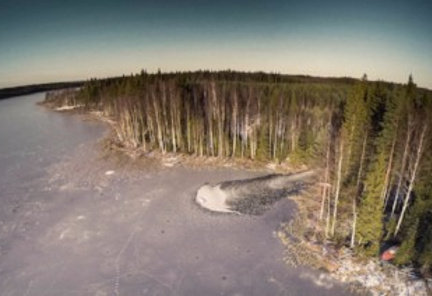First published on 09/15/2017, and last updated on 01/13/2018
A new peer-reviewed scientific paper featuring two Snowchange river restoration projects is out in the recent issue of Ecology and Society.
ABSTRACT
Local communities throughout the world are experiencing extensive social, cultural, economic, environmental, and climatic changes. Rather than passively accepting the effects of such changes, many communities are responding in various ways to take advantage of opportunities and to minimize negative impacts.
We review examples from 13 cases around the world to identify patterns in how communities have been able to respond to change. Communities are able to respond by making changes in the time and location of activities, by using different species, by developing or using new technologies, and by organizing themselves internally or in networks. The possible responses a community can make on its own constitute the autonomous response space. When communities work with others to respond, they are in the collaborative response space.
These findings suggest that assessments concerning climate and other forms of change should include local responses as a foundation for policy recommendations, recognizing that both autonomous and collaborative responses can contribute to adaptation.
Policies designed to achieve adaptation or sustainability should consider ways to expand the autonomous response space, thus freeing local initiative, while also making the collaborative response space more cooperative, thus providing support to communities rather than imposing limitations.
The full paper can be found HERE.
